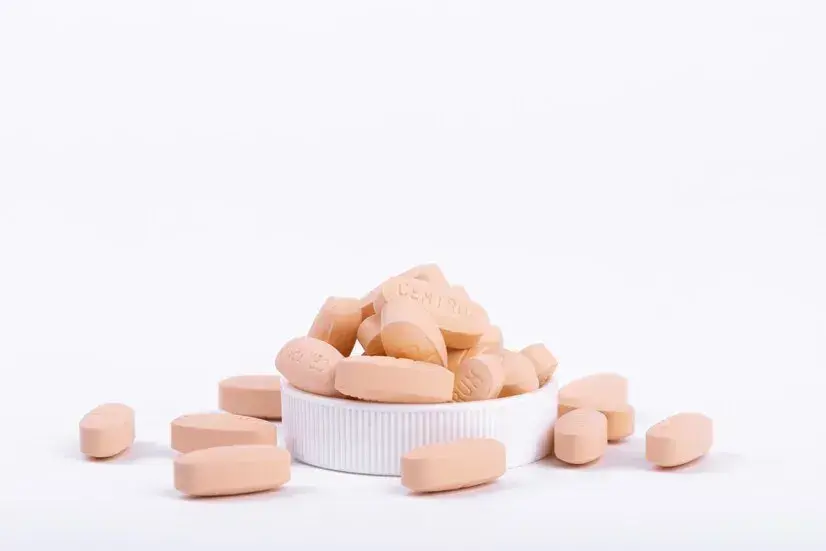A mini stroke—or transient ischemic attack (TIA)—may last just a few minutes, but its impact can echo for years. Often described as the body’s “early warning sign,” a TIA indicates an increased risk of future strokes, heart problems, and reduced lifespan. Understanding life expectancy after mini stroke can help you take the right steps toward prevention, treatment, and long-term recovery.
This guide will walk you through everything you need to know—from survival statistics to lifestyle changes that can extend your life. Let’s dive in.
What is the Life Expectancy After a Mini Stroke?
The life span after a transient ischemic attack or a mini stroke defines how many individuals can live over a certain period after such an event:
- A study shows that individuals who experienced a mini-stroke had around 4% lower chances of survival in the initial year. Within 9 years of the attack, their life expectancy reduced by 20%.
- 1 out of 3 people with a mini stroke will have a risk of stroke in the future within the first 48 hours to 90 days after the attack.
- Around two-thirds of individuals live longer than three years post-stroke.
- Research reports that the chances of experiencing a stroke 10 years after a TIA can be 43%.
Life Expectancy Based on Age and Gender
While there's limited data strictly categorizing life expectancy after TIA by age groups, some studies offer insights:
- According to the American Heart Association Journals, TIA has a less significant impact on life expectancy of people under 50 years of age and a more significant effect on those over 65.
- It is found that the survival rate after TIA can differ based on age and gender. The results of which are the following:
|
Age |
Survival time after a ministroke for females |
Survival time after a ministroke for males |
|
60–69 |
7.4 years |
6.8 years |
|
70–79 |
6.4 years |
5.4 years |
|
80 years or above |
3.1 years |
1.8 years |
To reduce the risk of future stroke and improve the survival rate, early diagnosis and treatment of the causes of TIA (like diabetes, high blood pressure, and atherosclerosis) are crucial.
What Factors Affect Life Expectancy After a Mini Stroke?
Several factors influence how long someone lives after experiencing a TIA:
- Age: Older people generally live with some health issues, which may shorten life expectancy.
- Overall health: Pre-existing medical issues like diabetes, high blood pressure, or heart disease can raise the chances of future strokes.
- Potential Cause of the TIA: Identifying and managing the causes, such as carotid artery disease or atrial fibrillation, can reduce long-term risk.
- Higher Body Mass Index (BMI): Individuals with higher BMI have better life expectancy after a TIA when monitored for 7 years.
- Lifestyle Choices: Smoking, poor diet, certain prescribed medications, and lack of exercise can significantly lower life expectancy.
- Timely Medical Intervention: If immediate evaluation and treatment are done, it can prevent future strokes and even heart attack risks, extending lifespan.
- Medication adherence: Taking prescribed medicines such as aspirin consistently can manage all the risk factors and boost survival outcomes.
Long-Term Effects of Mini Strokes
If left untreated, a mini stroke or TIA can lead to the following possible complications:
- Stoke (high risk)
- Heart attack or heart-related death
- Urinary tract infection
- Atherothrombosis (formation of a blood clot in an artery)
- Residual impairments like fatigue, trouble concentrating, memory loss, difficulty with speech, weakness, or anxiety
- Poor quality of life, like impact on social activities, inability to return to work, and family relationships
Can You Fully Recover from a Mini Stroke?
Yes, you can fully recover after a mini-stroke. Most symptoms last for a few minutes to 1 day, and due to this, most people can recover from them. However, a mini stroke or TIA can be a warning sign for more severe health issues. If you do not regain your former abilities, a rehabilitation program can help you get back to your normal daily activities.
The healthcare team can help you with:
- Assistance with daily activities like bathing and dressing.
- Medication monitoring and reminders
- Physical therapies like walking, aquatic therapy, and cycling to improve strength & mobility.
- Speech therapy to manage communication difficulties, such as slurred speech or difficulty finding words.
- Emotional support to promote overall well-being
Recovery is not just possible—it’s probable, especially with early care and professional support.
Improving Life Expectancy After a Mini Stroke
The best way to increase your lifespan after a mini stroke is to prevent the next one. Here are proactive stroke prevention strategies to improve quality of life and prevent the risk of a mini-stroke:
- Consistently follow up with a stroke specialist.
- Take medicines as prescribed or scheduled.
- Eat a heart-healthy diet rich in lean proteins, fiber, fruits, and vegetables, and low in processed foods, salt, saturated fats, trans fats, and sugar.
- Practice physical exercise regularly.
- Quit toxic substances like smoking and limit or avoid alcohol intake.
- Manage underlying health issues diabetes, high blood pressure, and cholesterol.
Note: By properly following prescribed treatments and reporting new, recurrent, and persistent symptoms to a doctor, you can prevent further complications.
Do All Mini Strokes Lead to Major Strokes?
No, a mini stroke or TIA does not always lead to major strokes. However, it can raise the risk. The chances of stroke within 90 days of TIA are around 4% to 9%. If an individual doesn't receive the treatment, the chances of stroke risk within the next 5 years are nearly 20% to 30%. This can contribute to the risk of heart attacks, sudden cardiac arrest, and other heart-related problems.
How Many Times Can One Have a Mini Stroke?
A mini stroke or TIA can occur multiple times, many years apart, or within some hours or days. If it occurs two times, it is called "dual TIA", while if they develop several times in series, it is known as "crescendo TIA". Researchers report that "dual TIA" within 1 hour occurs due to the blocked small blood vessel disease. In less than 5% of individuals, a "crescendo TIA" is reported, but they have higher chances of experiencing a stroke.
Summing Up
Life expectancy after a mini stroke in the initial year reduces by around 4%, and within 9 years, it reaches 20%. If left untreated, it can increase the chances of stroke by 43% after 10 years. So, early diagnosis and treatment are important to improve quality of life and extend lifespan. If during treatment and recovery, you notice any signs of a mini stroke or TIA, report them to the healthcare provider to prevent severe complications like stroke, heart attack, and other heart-related issues.
FAQs
Can you live a long life after a ministroke?
Yes, it's possible by adopting some healthy lifestyle choices and managing underlying health issues.
Does your face go back to normal after a mini-stroke?
Yes, facial symptoms like weakness or drooping related to TIA can improve with time with appropriate treatment, contributing to full recovery.
What is the average age for a mini-stroke?
Though anyone can experience a TIA or a mini stroke, the risk increases, particularly after 55 years of age.
Can the brain heal itself after a mini-stroke?
Yes, the incredible ability (neuroplasticity) of the brain helps it heal itself after a mini stroke. Neuroplasticity is basically the capability of the brain to adapt and change its function in response to any experience.
What is the life expectancy of a 70-year-old stroke victim?
It can significantly vary, with some people living many years and regaining full function, while others have a shorter lifespan. Stroke's severity, pre-existing issues, and complexity of recovery can impact life expectancy.
लेखक


